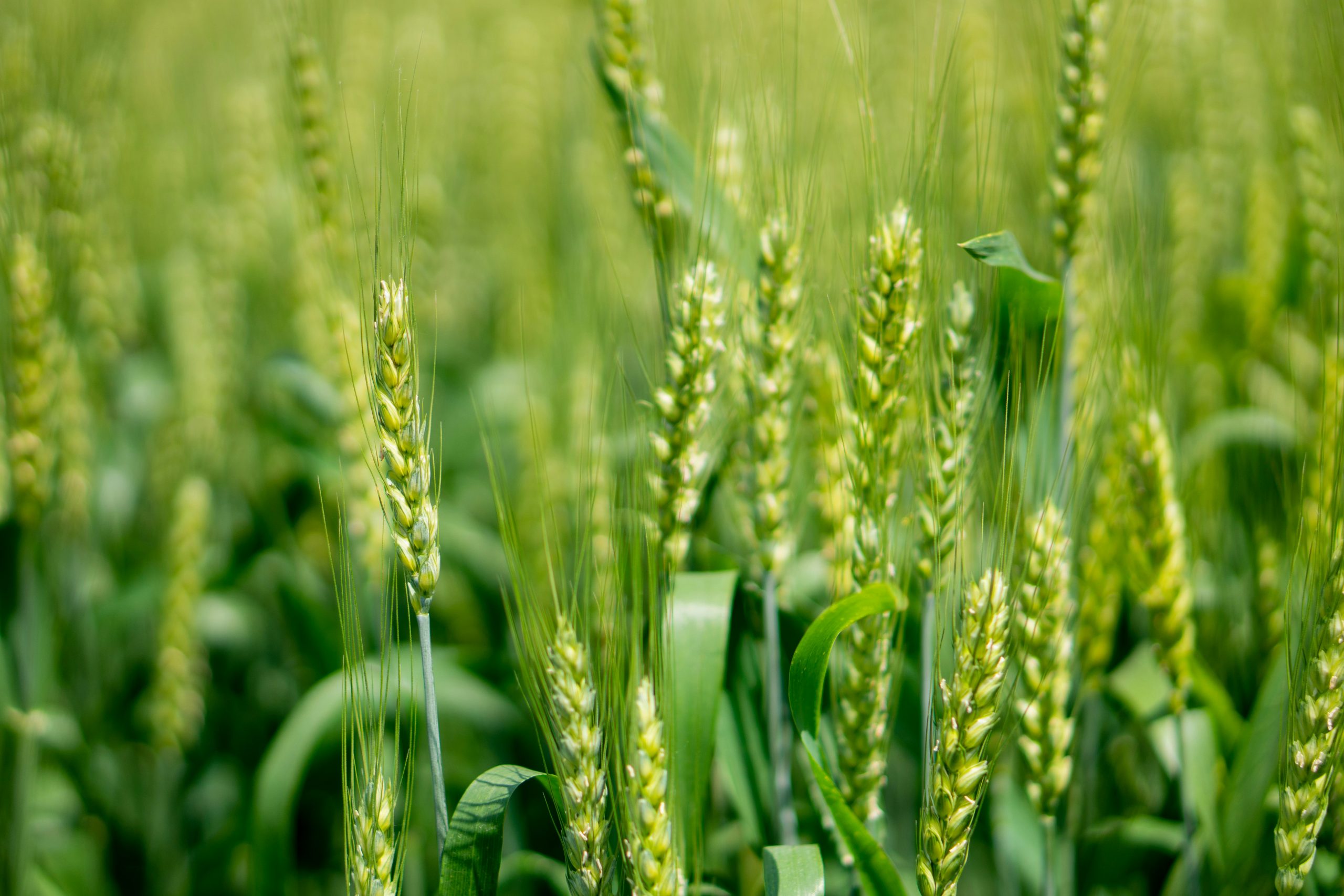Introduction
wanwave’s soil moisture monitoring system offers a comprehensive solution for agricultural operations to optimize irrigation practices, enhance crop productivity, and conserve water resources. By deploying the solution farmers can make informed decisions regarding irrigation scheduling, water usage, and crop management.
Key aspects of using wanwave’s solution for soil moisture monitoring in agricultural settings include:
Real-Time Monitoring: Wireless sensors continuously monitor soil moisture levels at various depths and locations within the field, providing farmers with up-to-date data on soil moisture content. This real-time information allows farmers to track moisture variations, assess plant water requirements, and adjust irrigation strategies accordingly to ensure optimal growing conditions.
Resource Conservation: wanwave’s soil moisture monitoring
system contributes to water conservation efforts by helping farmers optimize water usage and reduce environmental impact. By avoiding over-irrigation and optimizing irrigation efficiency, farmers can conserve water resources, minimize energy costs associated with pumping and distribution, and mitigate the risk of soil erosion and nutrient leaching.

Environmental Sustainability: Real-time monitoring of soil moisture levels promotes environmental sustainability by supporting regenerative agricultural practices and reducing the ecological footprint of farming operations. By adopting precision irrigation techniques based on sensor data, farmers can minimize chemical inputs, preserve soil health and fertility, and mitigate the impact of agriculture on water quality and biodiversity.
Seamless Integration: wanwave’s soil moisture monitoring system seamlessly integrates with precision agriculture technologies, farm management software, and irrigation control systems. Integration allows farmers to automate irrigation scheduling, remotely monitor soil moisture levels, and receive alerts. By integrating soil moisture data with other agricultural systems, farmers can streamline decision-making, improve resource allocation, and enhance overall farm productivity and profitability.

Mode of Operation
A sensor inside the housing provides continuous monitoring. Based on the measurement results, the unit calculates humidity and transmits data to the radio channel. The sensors are completely autonomous, with a built-in battery designed to support the transmission of 50,000 messages, which is equivalent to 5 years of operation when transmitting messages once an hour.

The transmitted information is received by the network gateways which automate the reception and transmission of messages between end devices and the wanwave server. They are deployable in both stationary and mobile settings.





Leave a Reply